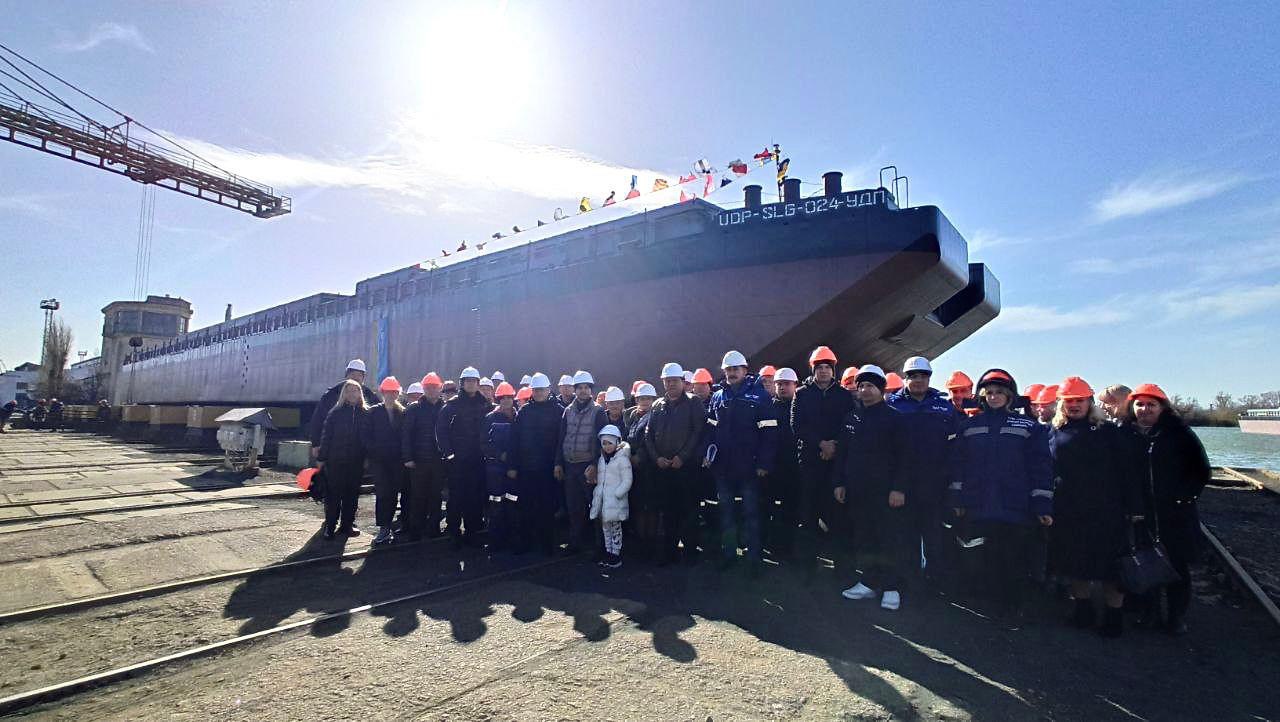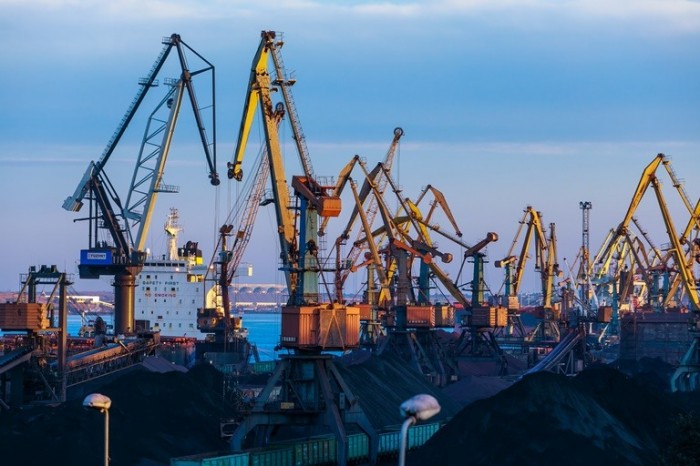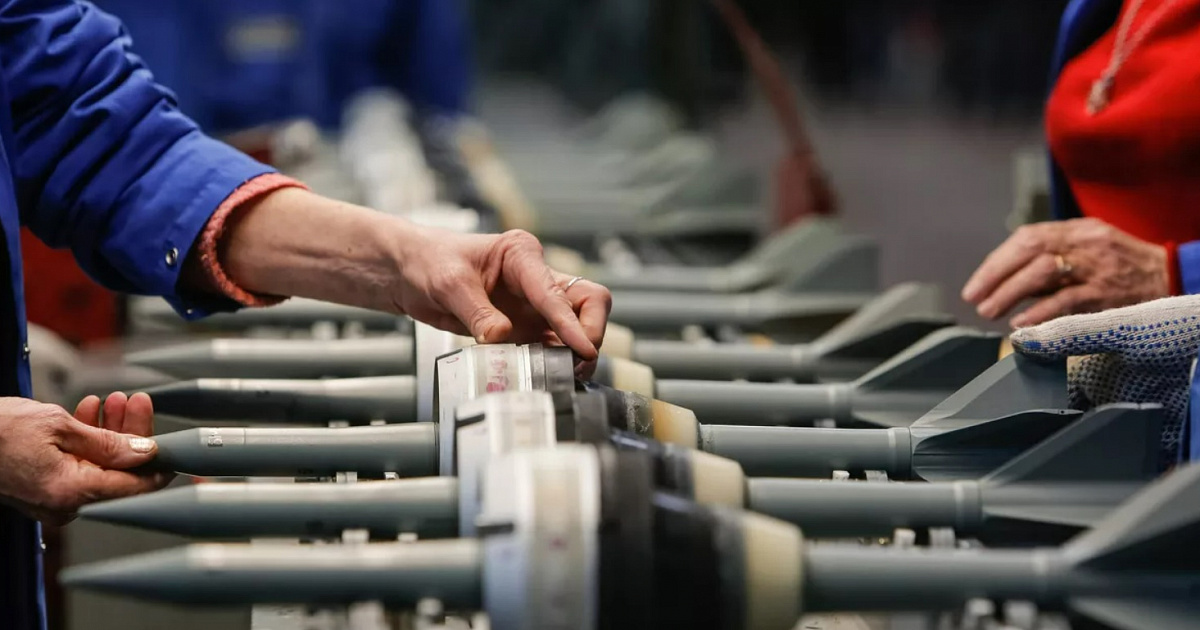The Ukrainian Danube Shipping Company has already built its second large-tonnage SLG barge using old lighters (small forty-meter barges). The first one was launched at the end of last year. For the construction of a 2200-ton barge, they use forty-meter lighters, which previously were idle due to economic impracticality or were used for other purposes. The full-fledged river SLG barge is built according to the constructor's principle: two lighters are docked together using an insert cut out from a third vessel.
"In 2023, the Ukrainian Danube Shipping Company team started building non-self-propelled fleet for the first time in a long while. The company still has over 80 lighters, some of which are rented out as so-called "spacers" between vessels and the dock. But most of them are decaying, draining the company's funds for anchoring fees, emergency repairs, etc.
Using lighters as donors to create new SLG vessels allows us to systematically renew the river fleet even during the war. Moreover, the cost of producing SLG barges is significantly lower than building a ship from scratch. All work on building new barges takes place in Ukraine. This creates new jobs and has a positive impact on both the regional economy and the development of the inland waterways industry. It is also important for providing logistics and grain exports. It should be noted that the barges are built using the funds of the Ukrainian Danube Shipping Company, without government funding," noted Vice Prime Minister for Reintegration of Ukraine - Minister of Development of Communities, Territories, and Infrastructure Oleksandr Kubrakov.

The carrying capacity of the updated SLG barge is 2200 tons, length - 76.5 meters, draft - 3.1 meters. The construction of SLG barges from donor lighters takes place in several stages. First, an assessment of donor vessels is carried out, then they are delivered to the plant, where the vessels are inspected for defects and damage. After that, repairs of vessel hulls, deck mechanisms, and necks are carried out. Then, the stern parts of donor vessels are cut off, they are docked and the compartments are tested. Next - painting the hull, re-equipment of the drying, fire extinguishing system, laying cable trays, re-equipment of the bow of the hull.






















